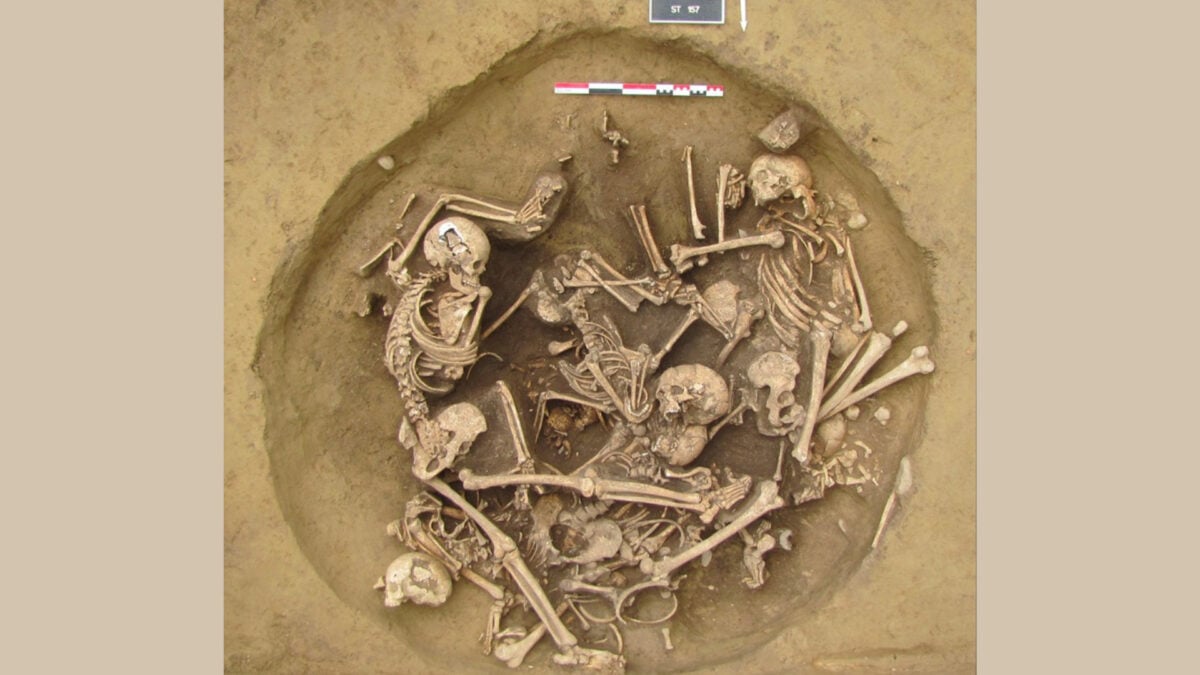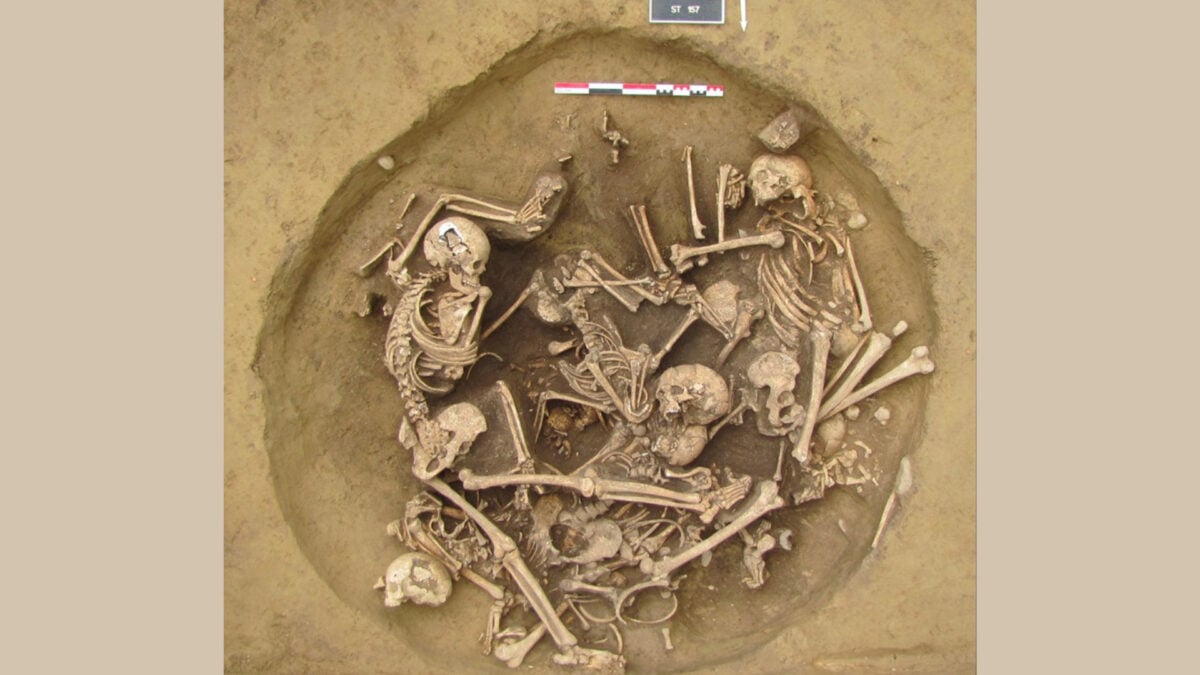New Insights into Stone Age Brutality
When envisioning Stone Age communities, the image often conjured is that of small groups living in caves, crafting tools, and creating art. However, new research now provides evidence that Neolithic civilizations, the final chapter of the Stone Age (circa 9000 to 3300 BCE), partook in warfare and inflicted significant harm on their adversaries.
According to a recent study published in the journal Science Advances, artifacts excavated in northeastern France indicate that Neolithic societies aggressively dismembered their enemies. This could mark one of the earliest instances of brutal victory rituals following warfare.
An international research team analyzed human remains, specifically severed limbs, from burial sites in Achenheim and Bergheim, near Strasbourg, dating roughly between 4300 and 4150 BCE. In these pits, researchers examined a total of 82 skeletons and discovered dire evidence of intense violence.
Grisly injuries found on the remains, such as severed limbs and unhealed fractures, reveal that victims likely suffered harsh deaths. The presence of trophies—severed arms placed with the dead—suggests these were individuals from invading parties, dispatched and discarded by local groups as part of early European martial victories.
Further isotopic analysis revealed that the victims were outsiders, unlike the locals who may have not been subjected to such extreme violence. This led researchers, including Teresa Fernandez-Crespo from Valladolid University, to conclude that these victims were invaders, considered by the locals as enemy trophies rather than human equals.
“It is possible these individuals represented socially distant foes, perceived as non-human by their captors, justifying their grim fate,” the study indicates.
Such findings not only provide a window into the violent nature of Neolithic societies but also contribute to the broader understanding of ancient warfare dynamics.


